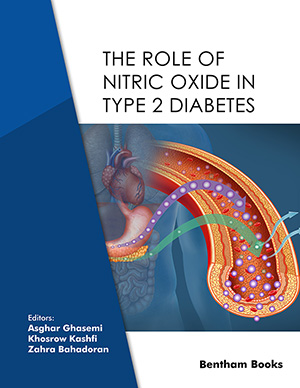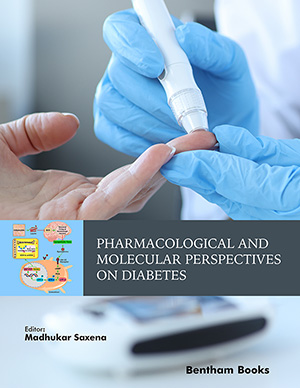
Abstract
Diabetes mellitus is a major public health problem and comprises a heterogeneous group of disorders characterized by high blood glucose levels. Two major types of diabetes mellitus have been defined: type 1 and type 2. Pancreatic beta-cell mass (BCM) is markedly reduced in type 1 diabetes due to selective autoimmune destruction of insulin-producing beta-cells of the pancreas. To date, the accurate assessment of pancreatic beta-cells in human diabetes has been limited to autopsy studies, which usually suffer from inadequate clinical information. Thus, the development of noninvasive technique to assess the state of viability of beta-cells in vivo during the silent phase of prediabetes or after islet transplantation will be useful for clinical intervention. A number of imaging modalities have been proposed to evaluate BCM including cellular imaging, MRI, and nuclear imaging. However, none of these modalities has yet been successfully applied to human studies. In this article, we review the development and the feasibility of using radiolabeled metals, monoclonal antibody, monosaccharides, sulfonylurea receptor ligands and gene expression reporter probes as radiotracers for imaging BCM with PET and SPECT.
Keywords: beta-cell imaging, sulfonylurea receptors, glyburide, repaglinide, f-18, c-11, pet
 2
2









